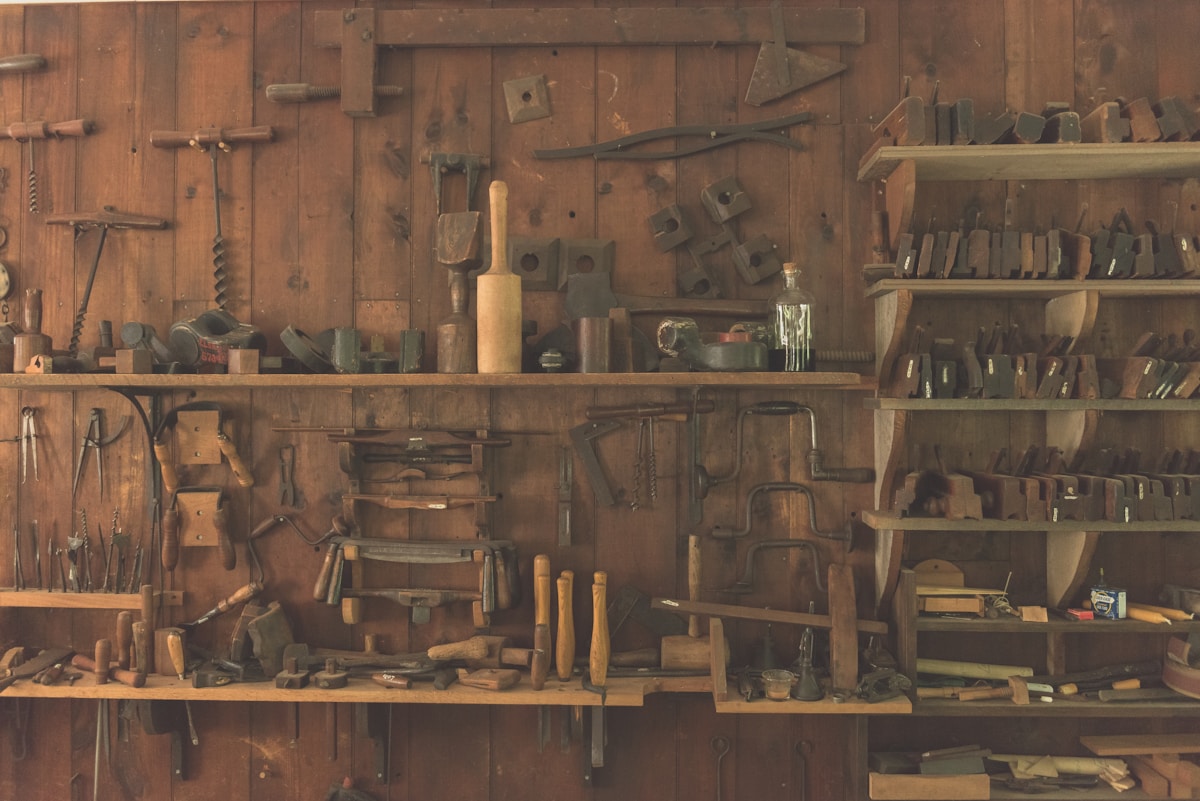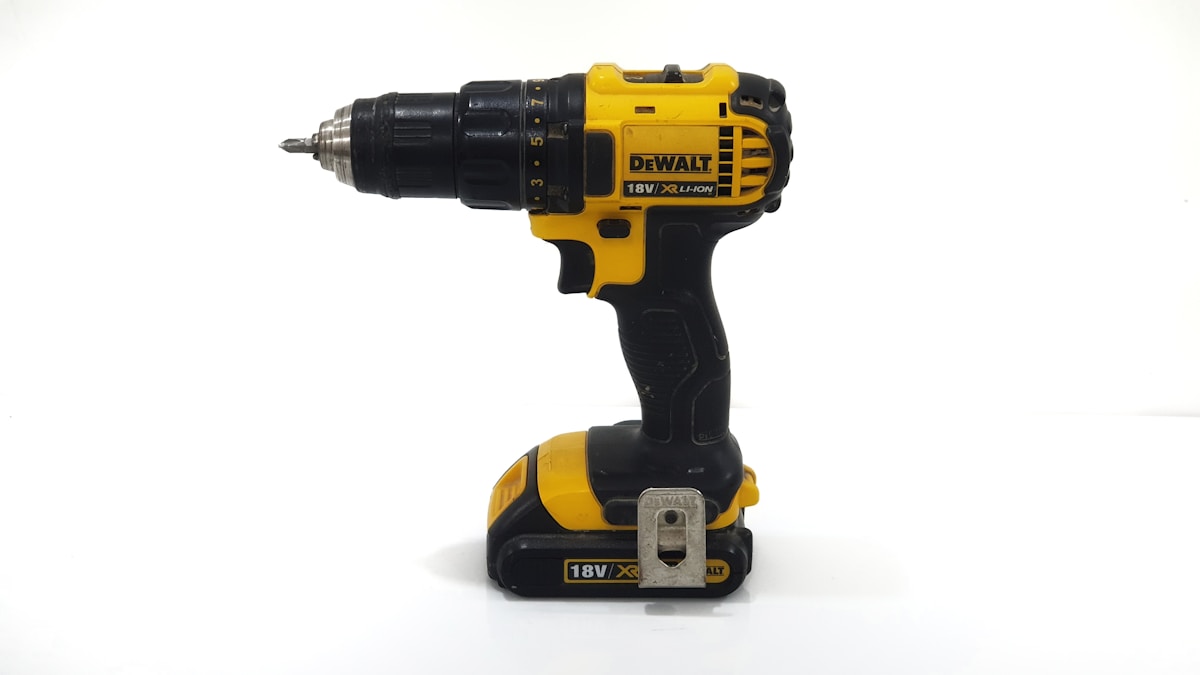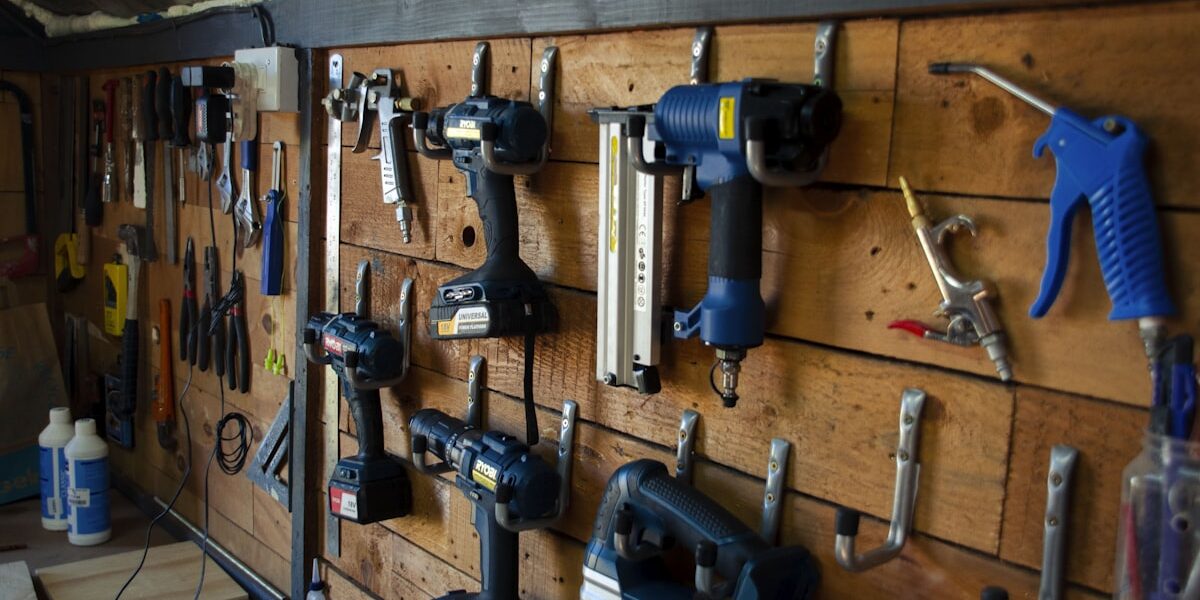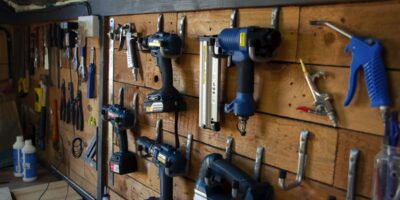Utility Knife vs Box Cutter
Utility Knife vs Box Cutter
Utility knives and box cutters are essential tools in numerous industries and for home use. Understanding their differences, uses, and safety tips can help you choose the right tool for the job.
Definitions and Basic Design
Utility knives, often known as Stanley knives or retractable knives, feature a strong design with a retractable or folding blade. Box cutters, on the other hand, are typically simpler, with a small and replaceable blade that extends from a metal or plastic handle.
Utility Knife
- Design: Solid construction, retractable or foldable blade, ergonomic handle
- Blade: Stronger, thicker, designed for heavy-duty tasks
- Usage: Ideal for cutting materials like drywall, roofing shingles, and thick cardboard
- Safety: Often include safety features like a locking mechanism
Box Cutter

- Design: Simple construction, usually with a fixed or sliding blade, compact size
- Blade: Thinner, meant for light-duty tasks
- Usage: Best for opening cardboard boxes, cutting packing tape, or precision slicing
- Safety: Minimal safety features, quick blade replacement
Materials and Durability
Utility knives are often made with more durable materials like metal or reinforced plastic. Their blades are designed to withstand frequent, heavy use. Box cutters, being simpler and lightweight, are typically made from plastic or light metals. They use thinner blades, which wear out quicker and need frequent replacement.
Durability of Utility Knives
- Handles designed to endure heavy-duty tasks
- Blades can cut through tougher materials without bending
- Long service life; suitable for professional use
Durability of Box Cutters

- Prone to wear and tear; meant for lighter tasks
- Blades need frequent replacement to maintain efficiency
- Ideal for occasional use or quick, repetitive tasks
Blade Types and Replacement
Both knives offer interchangeable blades, but the ease of replacement and blade variety can differ. Utility knives often have a more complex blade replacement process but offer various blade types for different cutting needs. Box cutters usually have a straightforward blade change mechanism and use standard blades.
Utility Knife Blades
- Wide range: hook blades, serrated blades, scoring blades
- Thicker and more robust for heavy-duty tasks
- Replacement may require a screwdriver or other tools
Box Cutter Blades
- Standardized sizes; easy to find replacements
- Thinner, suitable for lighter cuts
- Easy and quick to replace; usually a snap-off mechanism or slide-out design
Safety Considerations
Safety is a critical factor when using sharp tools. Utility knives often incorporate safety features such as blade locks and ergonomic design to reduce the risk of injury. Box cutters, while simpler, still require careful handling.
Utility Knife Safety
- Often include retractable blades to minimize exposure
- Locking mechanisms that keep the blade secure during use
- Ergonomic handles to prevent slippage and reduce user fatigue
Box Cutter Safety
- Simple design; safety depends more on user handling
- Lack of advanced safety features like those found in utility knives
- Quick blade changes can be hazardous if not done carefully
Common Applications
Utility knives and box cutters cater to different types of tasks based on their design and blade strength. Knowing where each excels can help optimize your tool usage.
Utility Knife Applications
- Construction and renovation: cutting drywall, carpet, and roofing materials
- Arts and crafts: precision cutting of various materials
- Professional settings: ideal for tradespeople needing a reliable, heavy-duty cutting tool
Box Cutter Applications
- Warehouse work: opening boxes, slicing packaging materials
- General home use: quick cuts on light materials, opening packages
- Hobbyists: crafting requiring light, precise cuts on delicate materials
Cost and Availability
Both types of cutters are readily available, but prices can vary significantly depending on the tool’s design, material quality, and additional features.
Cost of Utility Knives
- Higher price range due to robust construction and additional features
- Long-term investment for frequent use and heavy-duty tasks
- Available at hardware stores, online, and specialty stores
Cost of Box Cutters
- Generally cheaper; designed for simpler tasks
- Low replacement blade cost
- Easily available in office supply stores, online, and retail shops
Maintenance and Care
Proper care can extend the life of both tools and ensure safe use. Regular maintenance differs due to the design and usage intensity of utility knives versus box cutters.
Utility Knife Maintenance
- Regular inspection for blade wear and handle integrity
- Cleaning after use to remove debris and adhesive residues
- Lubricating retractable parts if necessary
Box Cutter Maintenance
- Frequent blade replacement to maintain cutting efficiency
- Inspecting the handle for cracks or wear
- Keeping the blade slot clean to ensure smooth operation
Environmental Impact
Considering the environmental footprint of your tools may influence your choice. Tools made from durable materials and those with easily recyclable blades can reduce environmental impact.
Utility Knife Environmental Impact
- Long-lasting; less frequent need for replacement
- Blades and handles made from recyclable materials
- Higher initial resource use due to robust construction
Box Cutter Environmental Impact
- Frequent blade replacements can lead to more waste
- Plastic handles may not be recyclable
- Lower initial resource use due to simpler design


Subscribe for Updates
Get the latest articles delivered to your inbox.
We respect your privacy. Unsubscribe anytime.